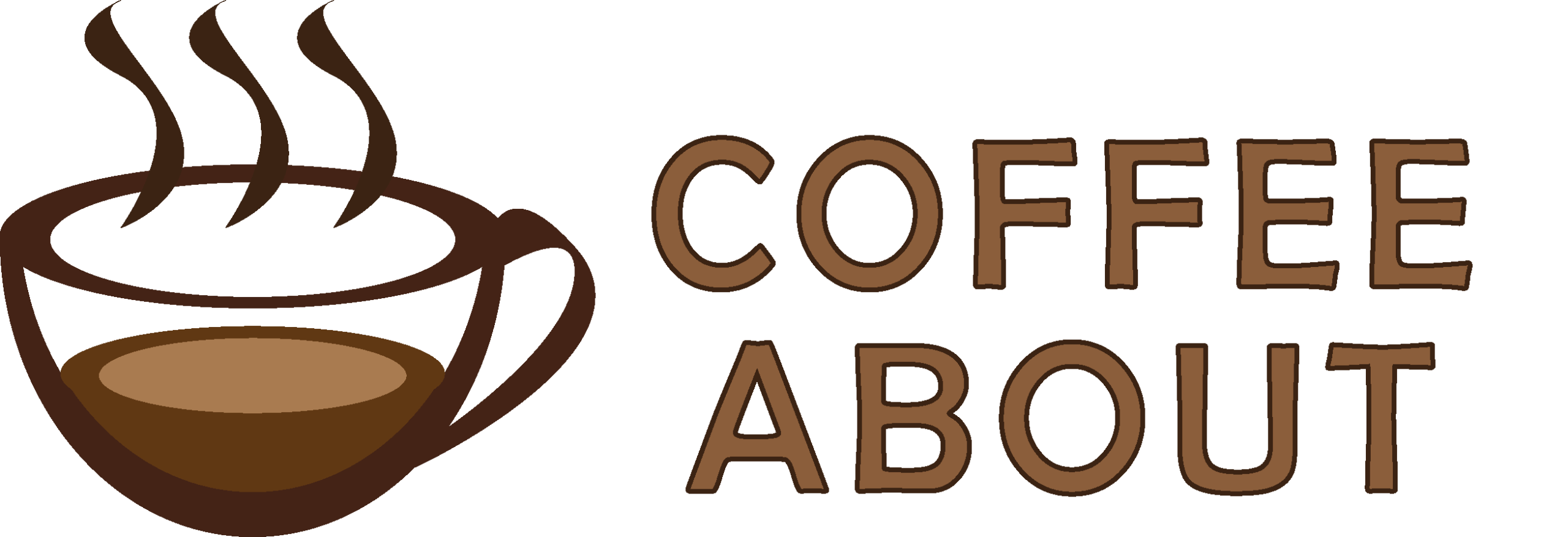Yes, you can eat coffee beans, and they’re completely safe, especially roasted ones. They offer a concentrated dose of caffeine, antioxidants, and fiber. Many people enjoy them plain or coated in chocolate as a crunchy, energizing snack. However, eating too many may cause jitteriness or stomach discomfort due to the high caffeine content.
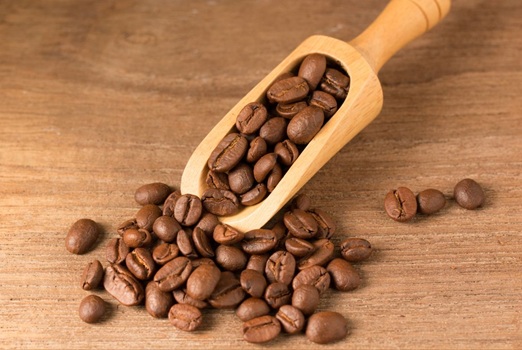
This guide explores how to safely eat coffee beans, their health effects, the best types to try, and how many you can enjoy without going overboard. Whether you’re curious or already hooked, here’s everything you need to know.
How does whole Coffee beans taste?
Whole coffee beans taste quite bitter and intensely coffee-flavored when you eat them raw. They are much more concentrated and harsh than brewed coffee and may leave a dry or gritty feel in your mouth.
Most people find them too bitter to enjoy on their own, which is why chocolate-covered coffee beans are so popular – the sweet chocolate balances out that intense, bitter coffee flavor and makes them into a crunchy, caffeinated treat.
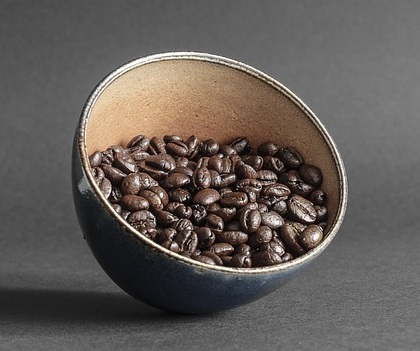
Try chocolate-flavored coffee beans
One of the most enjoyable ways to eat coffee beans is by covering them in chocolate. These snacks mix the bold taste of coffee with the sweetness of chocolate, creating a perfect bite-sized treat. You can easily find them at coffee shops, grocery stores, or online. Many people love them for their crunch, flavor, and energizing effect.
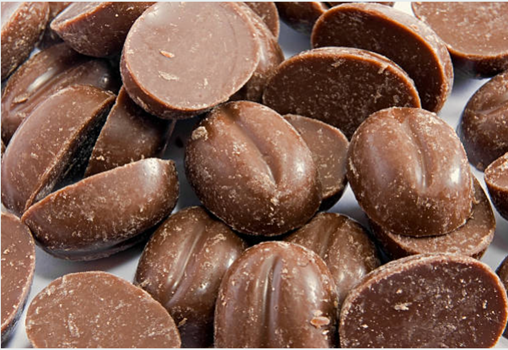
Chocolate-covered coffee beans are great for several reasons:
- They make unique gifts for coffee lovers.
- They work well as a mid-day pick-me-up because of their caffeine boost.
- They’re perfect for coffee-themed desserts like cake toppings or ice cream mix-ins.
Chocolate really boosts the flavor of coffee beans, making them a lot more fun to eat. They are available in different kinds—like dark, milk, or even white chocolate—so you can go with whatever flavor you like best! They’re easy to enjoy and even easier to share.
How to make Chocolate-covered Coffee Beans?
Here’s a simple recipe you can follow.
Ingredients:
- 1 cup roasted coffee beans (Pick high-quality whole coffee beans – medium to dark roast tastes best since they’re less acidic and complement chocolate better.)
- 8 oz chocolate chips or chopped chocolate bar (dark, milk, or white)
- 1 tablespoon coconut oil or butter
- Parchment paper
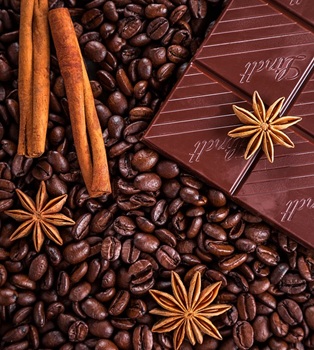
Instructions:
1. Melt the Chocolate: Add chocolate to a microwave-safe bowl and heat in 30-second intervals, stirring between each interval until smooth. Add coconut oil or butter if you want a thinner, shinier coating.
Tip: Don’t overheat the chocolate, or it’ll seize up and get grainy.
2. Coat the Beans: Drop your coffee beans into the melted chocolate and stir gently with a spoon until every bean is completely coated. Make sure you get into all the crevices.
Use about 1/2 cup of melted chocolate for 1 cup of whole beans
3. Transfer to Parchment: Use a fork or small spoon to lift the coated beans out one by one. Shake off any excess chocolate and place them on a sheet of parchment paper in a single layer. The beans must be spaced out so they don’t clump together.
Tip: Remove the excess chocolate while transferring to parchment paper. You want a nice coating, not a thick blob of chocolate.
4. Cool and Set: Put the baking sheet in the fridge for 15-20 minutes, or leave it at room temperature for about an hour. The chocolate should be completely hard and set.
5. Store: Once hardened, toss them in a jar, an airtight container, or a snack bag. Store in a cool, dry place — fridge or pantry both work.
They’ll keep for a couple of weeks (if you don’t eat them all the first day).
Can you eat raw green coffee beans?
You can eat raw green coffee beans, but they taste pretty awful. They’re extremely hard, bitter, and have a grassy, unpleasant flavor that’s nothing like roasted coffee. They’re also much harder to digest and can upset your stomach since they haven’t been roasted to break down the tough fibers.
How many coffee beans can you eat?
You can eat about 30-40 coffee beans per day without going over the safe limits of caffeine. Each coffee bean contains about 6–12 mg of caffeine, depending on the type. If you already drink coffee, reduce the number of beans you eat to avoid caffeine overload. The safe limit of caffeine for healthy adults is 400mg per day.
Health benefits of coffee
Coffee beans offer the same benefits as drinking coffee, sometimes even more. That’s because you consume the whole bean instead of just the liquid.
Here are some proven benefits:
1. Boosts Energy: Coffee beans give a quick dose of caffeine, which can improve focus and energy levels.
2. Rich in Antioxidants: Beans contain antioxidants like chlorogenic acid, which help fight inflammation and aging.
3. Supports Brain Health: Caffeine may improve memory, attention, and overall mental function.
4. Improves Mood: Eating coffee beans can increase dopamine levels, helping to reduce stress and improve mood.
5. May Help Burn Fat: Caffeine boosts metabolism and can help with fat breakdown, especially during workouts.
6. May Lower Risk of Diabetes: Some studies show that regular coffee consumption may reduce the risk of type 2 diabetes.
7. Improves Physical Performance: Caffeine can improve stamina and endurance during exercise.
Drawbacks of eating coffee beans
While eating beans has benefits, too much can lead to problems. Here’s what to watch out for:
- Digestive Issues: Coffee beans are high in fiber. Eating too much may cause bloating or gas.
- Heartburn: The acidity of coffee may cause acid reflux in sensitive individuals.
- Caffeine Overload: Too many beans can lead to headaches, anxiety, or a fast heartbeat.
- Stained Teeth: Just like coffee, beans can darken your teeth over time.
- Insomnia: Eating beans late in the day may disturb your sleep.
Check Out Related Articles
- How to Keep Coffee Hot for Hours
- How Long Do Coffee Creamers Last
- How Long can Coffee sit out
- Whole Beans vs Ground Coffee
FAQs
Can you eat Coffee cherries?
Yes, coffee cherries are edible. The fruit is sweet and tastes like a mix of watermelon and hibiscus. The outer pulp is often used to make a drink called Cascara. However, the seeds (coffee beans) inside need to be processed before eating or brewing.
Can you feed coffee beans to pets?
No, never feed coffee beans to pets. Caffeine is toxic to cats, dogs, and other animals. Even small amounts can cause vomiting, seizures, or worse.
Does eating coffee beans help in weight loss?
It can support weight loss by boosting metabolism and reducing appetite. But eating coffee beans alone won’t help unless you follow a healthy diet and exercise routine.
Can you eat ground coffee?
Yes, but it’s not recommended. Ground coffee is bitter, hard to swallow, and can irritate your stomach. If you want to try it, mix small amounts into smoothies or desserts.
